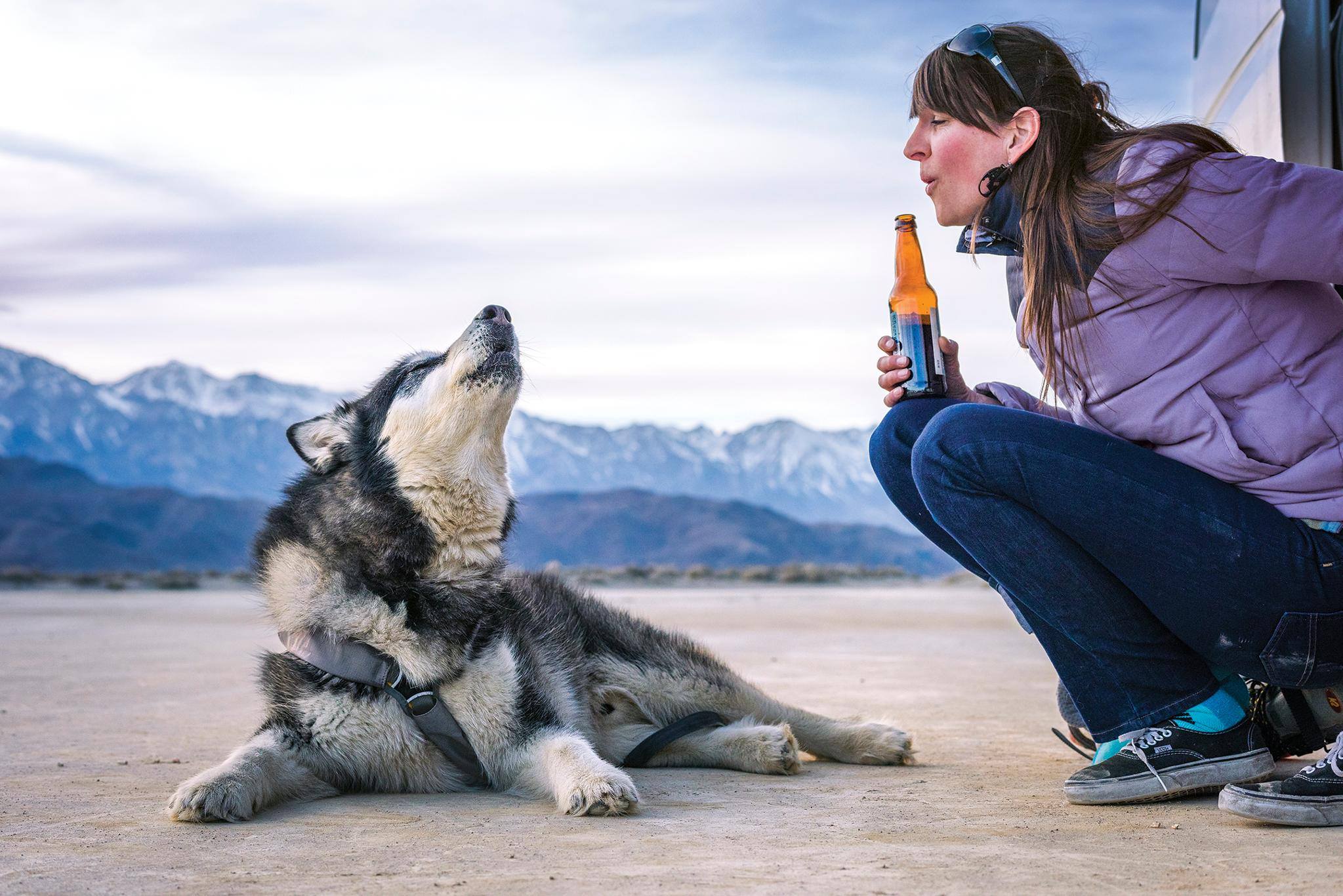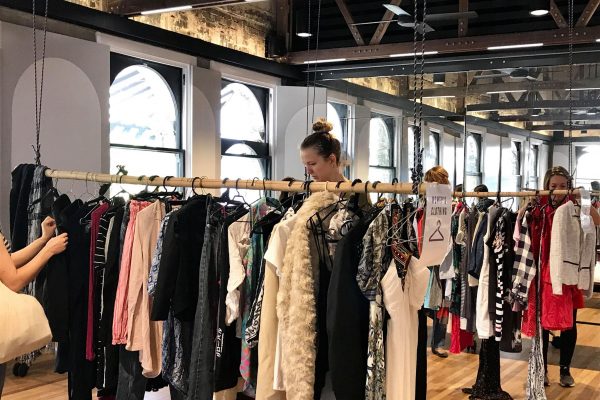Globally, fashion has devastating effects on the environment. If you didn’t already know – fashion is the second largest polluter in the world, next to the oil industry. Lovely.
It would make sense then that outdoor brands specifically targeting people to go outside and breathe in that wonderful *fresh* air, would want to reduce their own impact and help the environment.
Brands like Patagonia, North Face & Kathmandu are paving the way and setting a really clear example to other big brands that they need to influence their consumers, give a shit about the environment and be the change.
The three brands mentioned appear to be aiming for closed loop supply chains i.e. zero waste and other brands should take note. Focusing on Patagonia, what are they doing to change the harm of fashion?
Photo credit: Ken Etzel – Patagonia

"To reduce our impact on the environment, we can't rely on recycling alone."
R&D – MATERIALS
It is widely suggested that to reduce our impact on the environment, we can’t rely on recycling alone. Patagonia have obviously kept this in mind and released a wetsuit made from natural renewable rubber ‘Yulux’ with a low energy manufacturing process. They didn’t wait around for someone else to invent it; they went out in 2008 and started researching materials for themselves. Wetsuits are generally made from Neoprene; a non-renewable material that produces a large amount of CO2 emissions to produce so natural rubber is a really big win for the environment. The best part, these new sustainable wetsuits are priced at a similar price to the others, giving consumers a fair option to choose sustainability.
ENVIRONMENTAL GRANTS
With big brands struggling and closing down, it can seem a big ask to contribute some profit to environmental and social work funds. However, moving forward it should be essential for all brands to do it. Studies into millennial’s purchasing habits suggests that they will be more willing to spend more money for a sustainable product.
Patagonia last year contributed 7.1 million dollars to fund environmental work, including research into the effects of microfibers on the ocean. With revenue in 2013 of over $600 million, being environmentally and socially conscious clearly pays off. See more on Patagonia’s environmental funding and what they are up to currently.
TRANSPARENCY & MARKETING
Transparency in a company is key. Showing how a product is developed, with the effects that it has is really important to educate consumers and promote change. Looking at North Face, Kathmandu and Patagonia – they all do this pretty well. Patagonia however is a clear winner here. The brand took out a full page ad in The New York Times on Black Friday to show an advert saying Don’t buy this Jacket. It was to provoke shoppers to think before purchasing, showing how much goes into one jacket and what we should be doing. Ironically, Patagonia’s profits increased – again a clear example of consumer’s want for brands that care about the environment.
Fingers crossed, other brands will follow in Patagonia’s footsteps before it’s too late.


